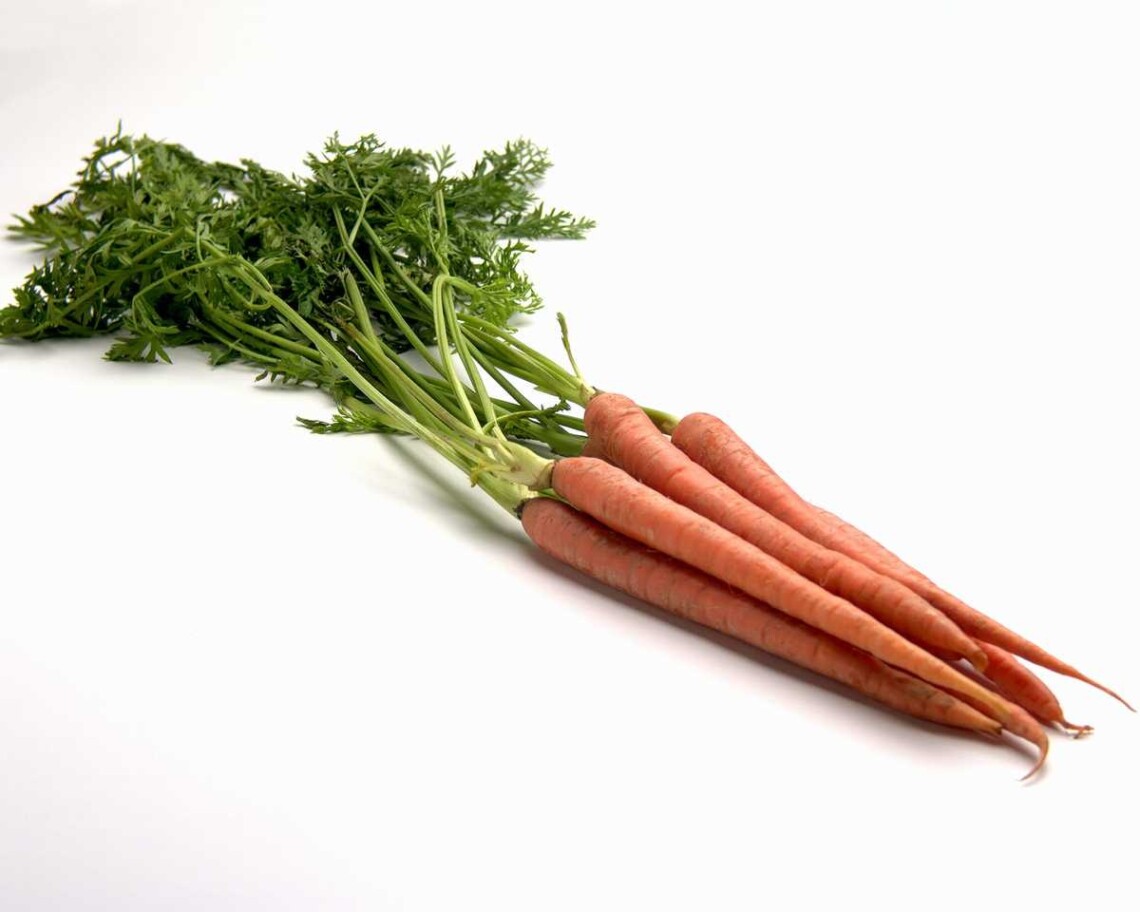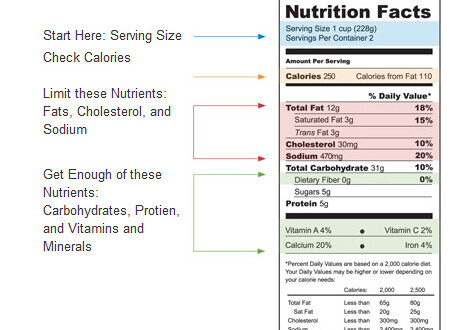According to the USDA’s new nutritional guidelines for vegetables, daily choices should be selected from among the vegetable subgroups but it is not necessary to eat vegetables from each subgroup daily. However, over a week, try to consume the amounts listed from each subgroup as a way to reach your daily intake recommendation.
The amount of vegetables you need to eat depends on your age, sex, and level of physical activity. Recommended total daily amounts are shown in the first chart. Recommended weekly amounts from each vegetable subgroup are shown in the second chart.
|
Daily recommendation*
|
||||
|---|---|---|---|---|
|
Children
|
2-3 years old
|
1 cup**
|
||
|
4-8 years old
|
1½ cups**
|
|||
|
Girls
|
9-13 years old
|
2 cups**
|
||
|
14-18 years old
|
2½ cups**
|
|||
|
Boys
|
9-13 years old
|
2½ cups**
|
||
|
14-18 years old
|
3 cups**
|
|||
|
Women
|
19-30 years old
|
2½ cups**
|
||
|
31-50 years old
|
2½ cups**
|
|||
|
51+ years old
|
2 cups**
|
|||
|
Men
|
19-30 years old
|
3 cups**
|
||
|
31-50 years old
|
3 cups**
|
|||
|
51+ years old
|
2½ cups**
|
|||
*These amounts are appropriate for individuals who get less than 30 minutes per day of moderate physical activity, beyond normal daily activities. Those who are more physically active may be able to consume more while staying within calorie needs. Click here for more information about physical activity.
** Click here to see what counts as a cup of vegetables.
Vegetable subgroup recommendations are given as amounts to eat WEEKLY. It is not necessary to eat vegetables from each subgroup daily. However, over a week, try to consume the amounts listed from each subgroup as a way to reach your daily intake recommendation.
|
Dark green vegetables
|
Red and orange vegetables
|
Beans and peas
|
Starchy vegetables
|
Other vegetables
|
||||||||
|---|---|---|---|---|---|---|---|---|---|---|---|---|
| AMOUNT PER WEEK** | ||||||||||||
|
Children
|
2–3 yrs old
|
½ cup
|
2½ cups
|
½ cup
|
2 cups
|
1½ cups
|
||||||
|
4–8 yrs old
|
1 cup
|
3 cups
|
½ cup
|
3½ cups
|
2½ cups
|
|||||||
|
Girls
|
9–13 yrs old
|
1½ cups
|
4 cups
|
1 cup
|
4 cups
|
3½ cups
|
||||||
|
14–18 yrs old
|
1½ cups
|
5½ cups
|
1½ cups
|
5 cups
|
4 cups
|
|||||||
|
Boys
|
9–13 yrs old
|
1½ cups
|
5½ cups
|
1½ cups
|
5 cups
|
4 cups
|
||||||
|
14–18 yrs old
|
2 cups
|
6 cups
|
2 cups
|
6 cups
|
5 cups
|
|||||||
|
Women
|
19–30 yrs old
|
1½ cups
|
5½ cups
|
1½ cups
|
5 cups
|
4 cups
|
||||||
|
31–50 yrs old
|
1½ cups
|
5½ cups
|
1½ cups
|
5 cups
|
4 cups
|
|||||||
|
51+ yrs old
|
1½ cups
|
4 cups
|
1 cup
|
4 cups
|
3½ cups
|
|||||||
|
Men
|
19–30 yrs old
|
2 cups
|
6 cups
|
2 cups
|
6 cups
|
5 cups
|
||||||
|
31–50 yrs old
|
2 cups
|
6 cups
|
2 cups
|
6 cups
|
5 cups
|
|||||||
|
51+ yrs old
|
1½ cups
|
5½ cups
|
1½ cups
|
5 cups
|
4 cups
|
|||||||
** Click here to see what counts as a cup of vegetables.
Key Consumer Message: Make half your plate fruits and vegetables.
Source:Â Choosemyplate.gov




